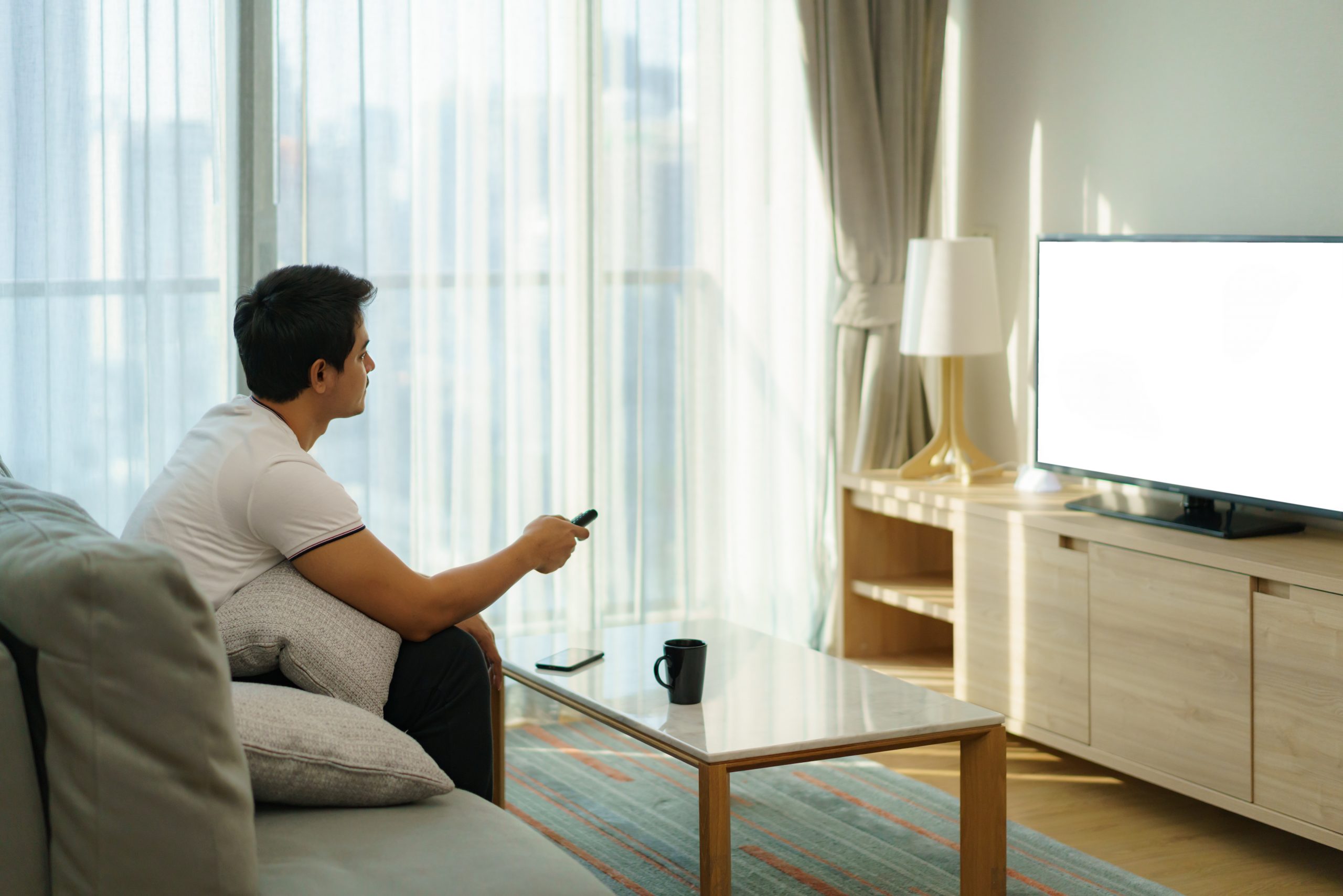Matrix, Mission Impossible, and The Dark Knight movies are some of the best movies that have incredibly amazing window scenes that were being shown in the big picture. It just shows how important house window tintings are in a home or commercial building (not to mention how cool they are when someone is jumping off them via a skyscraper). In the Mission Impossible movie, scenes are quite epic as high suspense, daring feats of strength and mirrored reflections added another level of beauty to each shot. This famous scene was on top of Burj Khalifa Tower in Dubai and was quite expertly shot and cinematically beautiful.
Our eyes are a remarkable thing with our brain working in concert, we perceive colors in their true form regardless of the lighting around us, provided that there is enough light to see colors at all. A clean white paper would look white whether you are holding it in a sunlit field, out on a dark, cloudy day or whether the paper is sitting on the desk of an office lit by fluorescent lights or on a kitchen table lit by warm incandescent bulbs. When it comes to using a camera to film or video, the same sheet of paper in all those locations would see those different variations on the screen later which is the same true for the skin tone of actors or models during commercial production. What’s the point? Window film can help keep the colors looking true.
Since cameras are not as advanced as the human eye and brain, filmmakers, videographers, and photographers have to help them out by taking control of the lighting of the shoot location. One way to control the lighting effects is to apply the right window films, usually called gels in the production world. Without window film and gels on the lights, the exterior may end up looking blown out and oddly blue and the interior may look strangely orange, and the shot may be too dark. It will look neither natural nor good at all.
House window tinting can help with more than the basic color temperature blue versus orange residential window tinting dilemma. Here are some window films that will solve your lighting issue.
- Fluorescent Lighting Gels – Specialty gels such as minus green and plus green gels, are used to either mitigate the green cast of fluorescent light or to add the same shade to tungsten lights or natural lighting, ensuring your shot is even. This is helpful when shooting in large locations lit by multiple fluorescent lights that would require a great time.
- Neutral Density Films – If you need to cut down the brightness of a window or a light, using a neutral density gel can remove brightness without changing the color temperature of the light source. Residential window tinting companies can source neutral density gels that remove as little as half a stop or up to several full stops.
- Diffusion Gels / Frost Window Film – If a light is to direct, like a sunbeam falling across your scene in a certain way, frost window films can diffuse the light while still letting its brightness help your lighting scheme.


 A Division of Jackie Cooper Tint & Electronics
A Division of Jackie Cooper Tint & Electronics